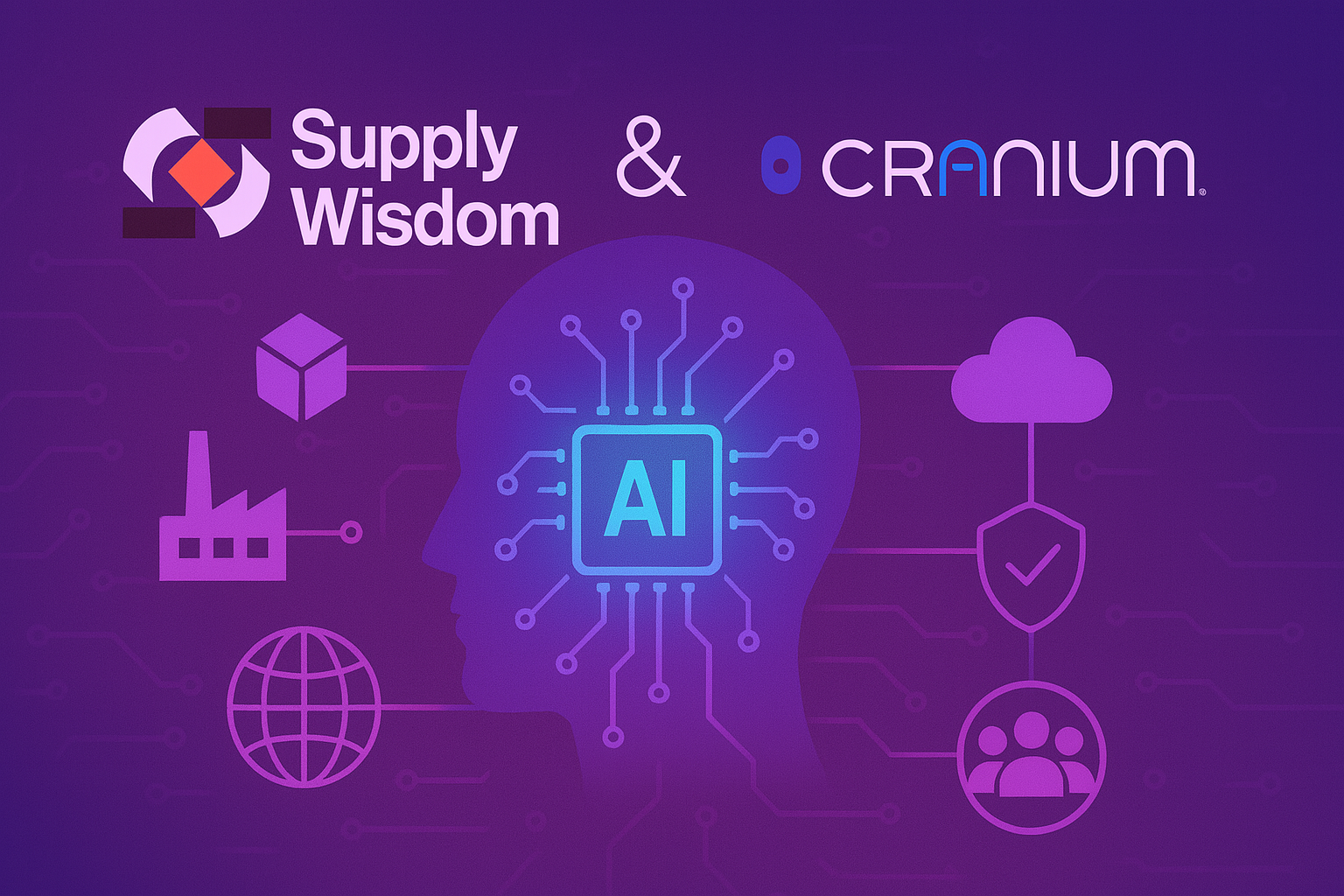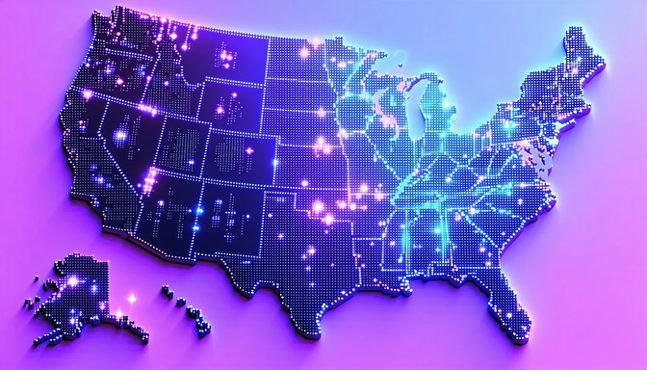As organizations accelerate adoption of AI-powered solutions, the need for robust AI Governance frameworks has become urgent. Yet many overlook a critical truth: AI Governance cannot succeed without AI Security.
AI Security is the practice of protecting AI models, data, and infrastructure from threats such as adversarial attacks, data breaches, and misuse. AI Governance provides the policies and procedures for responsible AI use. Together, they form the foundation of secure, compliant, and trustworthy AI.
Imagine building a skyscraper (your AI application) on a shaky foundation (insecure AI). No matter how elegant the upper floors (governance policies) may be, the entire structure is vulnerable to collapse. Similarly, without embedding security into the very fabric of your AI systems, governance efforts risk being undermined by attacks and failures that compromise confidentiality, integrity, and availability.
Why Is AI Security Essential for AI Governance?
AI Governance defines the rules and responsibilities for ethical, responsible, and compliant AI. But without AI Security, these rules can’t be enforced. Here’s why:
- Protecting Sensitive Data: AI models are trained on vast datasets, often containing regulated or sensitive information. AI Governance mandates privacy, but AI Security enforces it through encryption, access controls, and monitoring.
- Ensuring Model Integrity: Malicious actors can manipulate models with adversarial attacks, poisoning, or backdoors. AI Security prevents manipulation, ensuring AI systems stay aligned with governance goals of fairness and reliability.
- Maintaining System Availability: Denial-of-service attacks targeting AI infrastructure can cripple business processes. AI Security ensures resilience and uptime, enabling governance frameworks to deliver on operational commitments.
- Meeting Compliance Requirements: Regulations like GDPR, NIST AI RMF, and the EU AI Act demand proof of secure systems. AI Security provides the safeguards that allow organizations to demonstrate compliance and avoid penalties.
How AI Red Teaming and “Combat Testing” Protect AI Models
A policy framework is essential, but it’s not enough. AI threats evolve rapidly, demanding proactive security validation.
That’s where AI red teaming, or “combat testing”, comes in: actively simulating real-world attacks against AI models and applications before deployment. This process exposes weaknesses and validates resilience, ensuring security controls aren’t just theoretical.
Recent research highlights why this matters:
- Gartner predicts that by 2026, organizations applying AI TRiSM controls will cut 80% of faulty or illegitimate information from AI models.
- McKinsey reports that more organizations are managing AI risks like cybersecurity and IP infringement, but industry-wide preparedness is still insufficient.
- A Microsoft Data Security Index found AI-driven security incidents nearly doubled in one year, from 27% in 2023 to 40% in 2024.
The data is clear: organizations that actively test their AI security are far better positioned to govern responsibly and reduce business risk.
How Cranium Strengthens AI Governance with Combat Testing and Automated Remediation
At Cranium AI, we believe governance without security is incomplete. Our AI Governance platform is purpose-built to unite AI Security, AI Compliance, and AI Third-Party Risk Management into one end-to-end solution.
A cornerstone of this approach is Cranium Arena, the industry’s first AI red teaming platform. Arena provides a safe environment where enterprises can simulate both automated and human-led attacks on their AI models before attackers strike. It doesn’t just find vulnerabilities; it helps make AI resilient.
Key differentiators of Cranium’s platform include:
- AI Card: Generates quantifiable compliance scores, helping organizations track and demonstrate adherence to NIST AI RMF, EU AI Act, and other evolving standards.
- Automated Remediation: The platform automatically generates fix scripts, creates pull requests with code changes, and enforces guardrails that prevent risky models from reaching production.
- AI Trust Hubs: Collaborative industry hubs that allow organizations to share insights and strengthen AI governance across supply chains.
This combination closes the exposure gap, reduces manual patching, and empowers security and development teams to focus on strategic priorities.
Conclusion
AI Governance without AI Security is like building a house without locks on the doors. It leaves valuable AI assets exposed to a growing array of threats. As adoption accelerates, enterprises must embrace the inseparable link between these two domains.
Cranium AI provides the only governance platform with security at its core. With Cranium Arena for combat testing, AI Card for compliance scoring, and automated remediation baked in, we help organizations move beyond policy into practice. By addressing AI Security, AI Compliance, and AI Third-Party Risk in one platform, Cranium enables enterprises to confidently unlock AI’s full potential while safeguarding data, reputation, and bottom line.
Don’t wait for a breach to prove the point—build a secure AI future with Cranium AI today.





